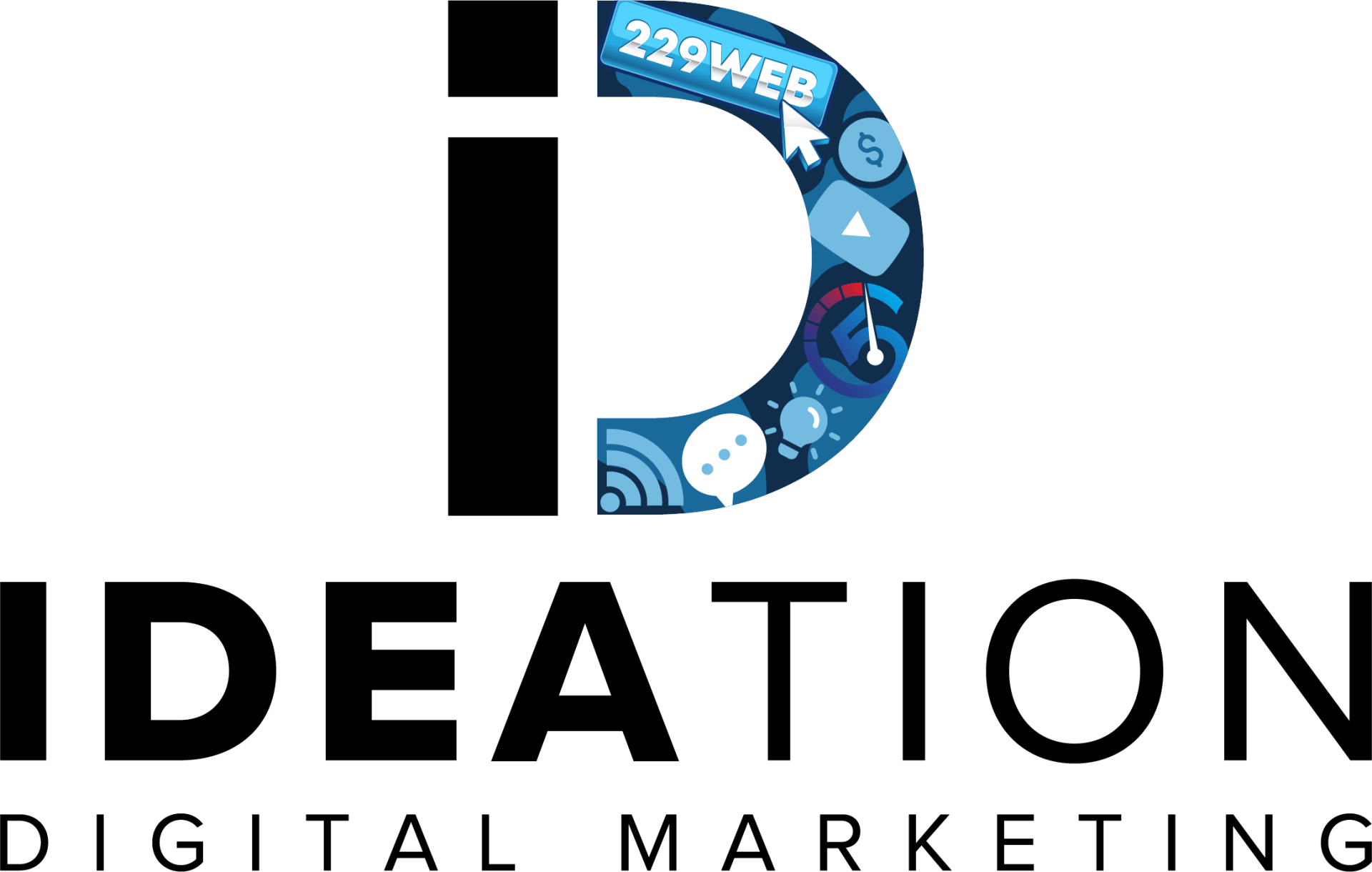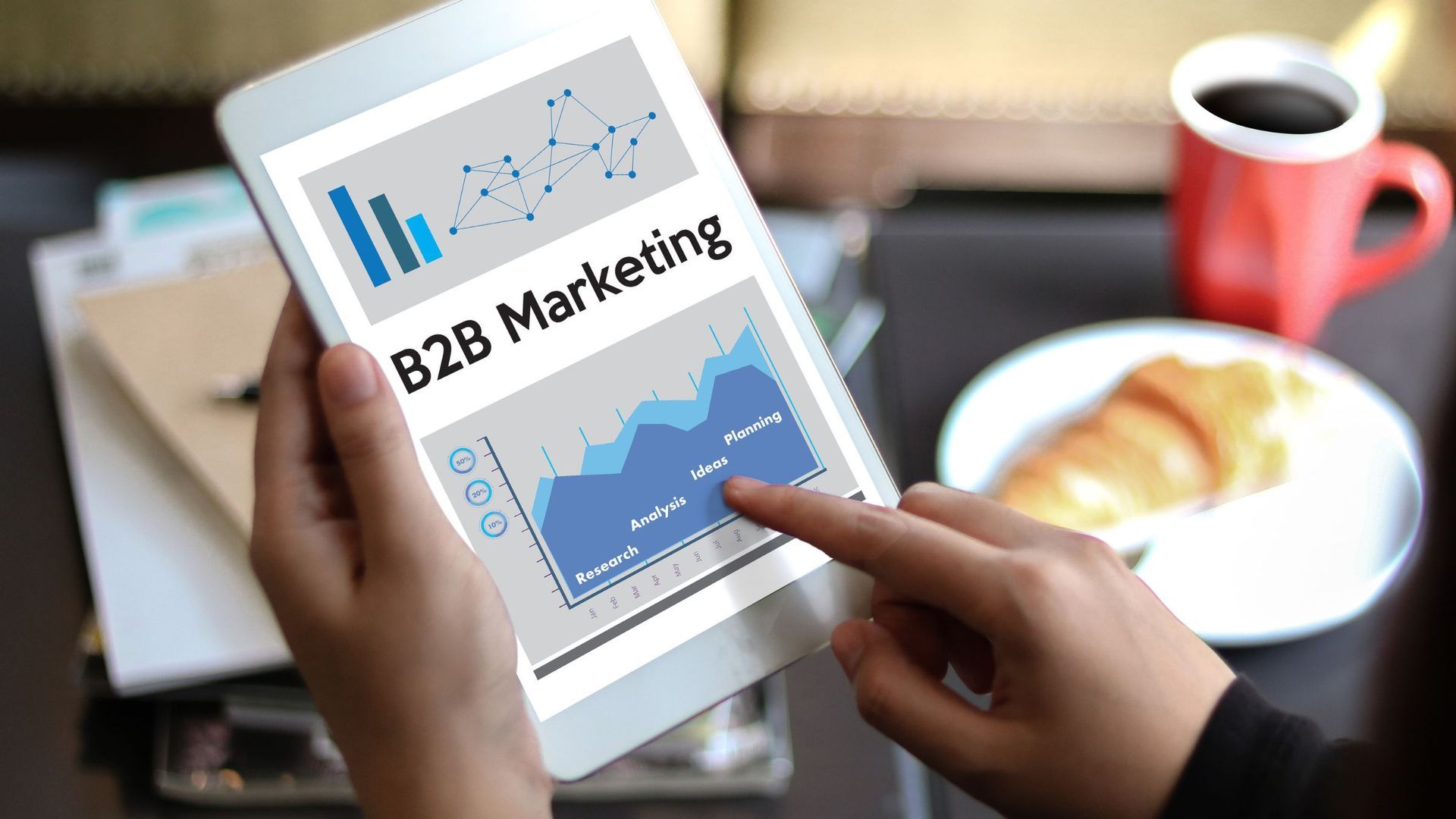222 Capitol Street, Suite 522
Charleston, WV 25301

Top Metrics to Track in Social Media Brand Monitoring
In the fast-paced world of digital marketing, effective social media brand monitoring is crucial for understanding how your brand is perceived and how it performs online. To maximize your strategy, it’s essential to focus on key metrics that provide actionable insights into your brand's social presence. By tracking these metrics, you can gauge the effectiveness of your campaigns, identify emerging trends, and adjust your approach to better engage with your audience. This blog will delve into the top metrics you should monitor to gain a comprehensive view of your brand's social media health. From engagement rates and sentiment analysis to share of voice and influencer impact, we'll explore each metric’s significance and how they collectively contribute to a more informed and
responsive social media strategy.
Brand Mentions and Sentiment Analysis
In the realm of social media brand monitoring, understanding how your brand is perceived and talked about is crucial. Brand mentions and sentiment analysis are two fundamental metrics that offer valuable insights into public perception and can guide your brand’s strategy effectively. By tracking these metrics, you can gauge your brand’s reputation, identify potential issues, and capitalize on positive feedback. Let’s explore the key elements involved in monitoring brand mentions and sentiment analysis.
Volume of Brand Mentions
Monitoring the volume of brand mentions is the first step in understanding how often your brand is being discussed online. A high volume can indicate strong brand awareness or potential issues if the mentions are negative. Tracking this metric over time helps you gauge the effectiveness of your marketing campaigns and spot any emerging trends or crises.
Sentiment Score
Sentiment analysis involves categorizing mentions as positive, negative, or neutral. The sentiment score is a quantitative measure that aggregates these categorizations to provide an overall sentiment towards your brand. A positive sentiment score indicates favorable opinions, while a negative score highlights areas of concern. This metric helps you understand the general mood of your audience towards your brand.
Share of Voice
Share of voice measures how much of the conversation about your industry is centered around your brand compared to competitors. It helps you understand your brand's presence in the market relative to others. A higher share of voice indicates a stronger influence and visibility in discussions within your industry.
Top Mentions Sources
Identifying where your brand mentions are coming from—whether it’s social media platforms, blogs, news sites, or forums—provides insight into where your brand is most discussed. This information helps you focus your monitoring efforts on the most influential platforms and engage with key audiences more effectively.
Trending Topics and Keywords
Analyzing the keywords and topics associated with brand mentions reveals what aspects of your brand are being discussed the most. This can include product features, customer service experiences, or industry-related topics. Understanding these trends helps you align your
content strategy with current audience interests and concerns.

Competitor Benchmarking and Comparative Analysis
In the competitive landscape of social media, understanding how your brand measures up against competitors is essential for strategic planning and growth. Competitor benchmarking and comparative analysis provide critical insights into your brand’s position in the market, allowing you to identify strengths, weaknesses, opportunities, and threats. By systematically comparing your performance with that of your competitors, you can refine your strategies, enhance your market presence, and achieve a competitive edge. Let’s dive into the key aspects of competitor benchmarking and comparative analysis.
Competitor Identification
The first step in competitor benchmarking is identifying who your main competitors are. This includes both direct competitors (offering similar products or services) and indirect competitors (offering alternative solutions). Understanding who you’re up against helps focus your analysis on relevant comparisons and sets a baseline for evaluating your performance.
Engagement Metrics Comparison
Comparing engagement metrics such as likes, shares, comments, and overall interaction rates between your brand and competitors provides insight into how well your content resonates with your audience. Higher engagement rates for competitors may highlight successful strategies or content types that you can adapt for your own brand.
Content Strategy Analysis
Examining the types of content your competitors produce—whether they focus on educational posts, promotional material, or interactive content—can reveal effective strategies and gaps in your own content plan. Analyzing the frequency, format, and quality of competitor content helps you identify best practices and innovate your content strategy.
Follower Growth and Demographics
Tracking follower growth rates and demographic information for both your brand and competitors provides valuable context about audience engagement and market reach. Differences in growth patterns and audience profiles can highlight opportunities for targeting under-served segments or adjusting your approach to appeal to specific demographics.
Sentiment and Brand Perception
Comparing sentiment and brand perception metrics helps you understand how your brand is viewed relative to competitors. Analyzing sentiment scores and overall brand sentiment trends for your competitors can provide insights into their strengths and weaknesses, guiding you in areas where you can differentiate and improve.
Share of Voice and Market Position
Share of Voice (SOV) and market position are crucial metrics for understanding your brand's visibility and influence within the industry. These metrics provide insight into how much of the conversation and market share your brand captures compared to competitors. Tracking SOV and market position helps you gauge your brand’s prominence, assess competitive dynamics, and refine your marketing strategies for better impact.
- Defining Share of Voice: Share of Voice measures your brand’s share of total conversations within your industry compared to competitors. A higher SOV indicates greater visibility and influence.
- Tracking Mention Volume: Monitor the volume of mentions your brand receives across social media and other platforms. Comparing this to competitor mentions helps assess your brand’s relative presence.
- Analyzing Sentiment Trends: Assess the sentiment of mentions to understand the nature of the conversations about your brand. Positive sentiment contributes to a stronger market position.
- Comparing Engagement Rates: Evaluate engagement rates (likes, comments, shares) on brand-related content. Higher engagement can enhance your share of voice and improve market positioning.
Conclusion
Effective tracking of the right metrics in social media brand monitoring is essential for understanding and enhancing your brand’s online presence. By focusing on engagement rates, sentiment analysis, reach and impressions, and conversion tracking, you can gain valuable insights into your audience's behavior and preferences. These metrics help in refining your strategies, optimizing content, and achieving your marketing goals more efficiently.
At Ideation Digital Marketing, we specialize in helping businesses in Charleston, WV, and beyond navigate the complexities of social media metrics. Our team is dedicated to providing you with actionable insights and strategies tailored to your brand’s needs. For personalized support and to learn more about how we can assist with your social media brand monitoring, please reach out to us at (304) 814-2445 or visit our website.

Main Office
222 Capitol Street, Suite 522
Charleston, WV 25301
other offices
48 1/2 Second Ave, Williamson, WV 25661
20 Clinch Mountain Ave, Lebanon, VA 24266,
Contact
DIGITAL MARKETING SERVICES
All Rights Reserved | Ideation Digital
Private Policy
All Rights Reserved | Ideation Digital












